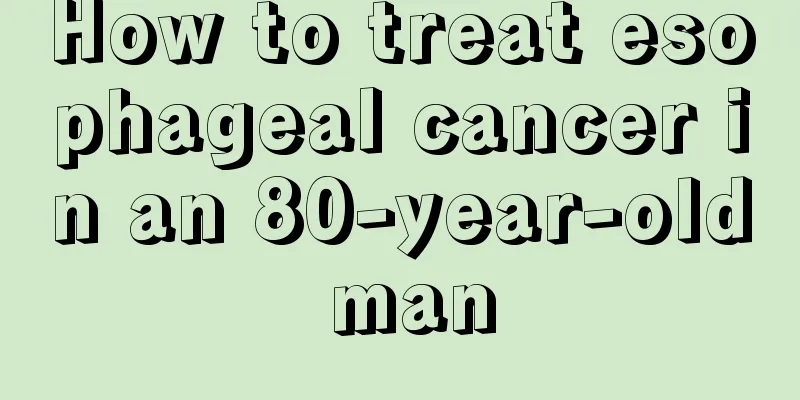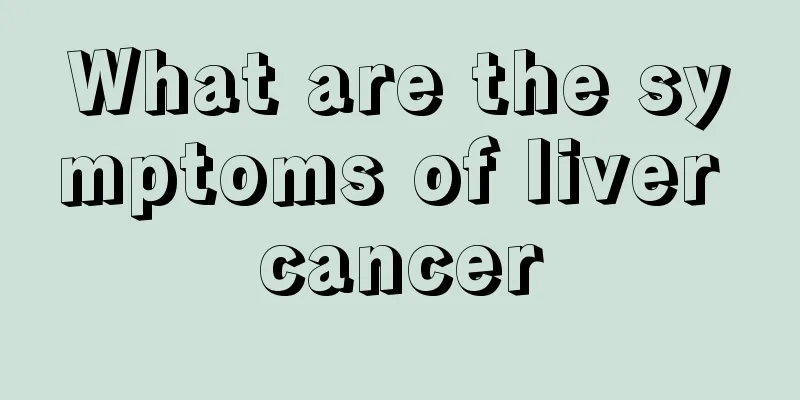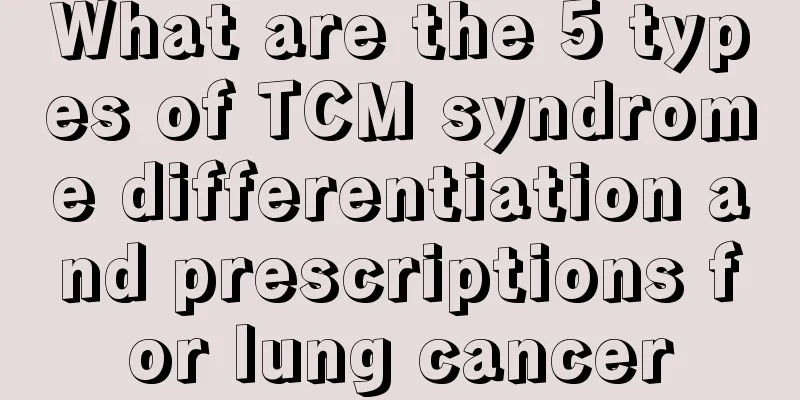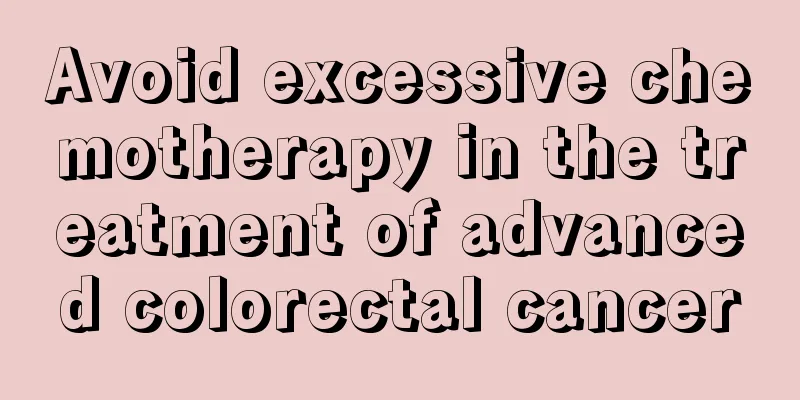How to treat esophageal cancer in an 80-year-old man

|
The treatment of esophageal cancer in the octogenarians requires a personalized plan based on the stage of the disease, physical condition and personal wishes. Common methods include surgery, radiotherapy, chemotherapy and palliative care. With the assistance of reasonable nutritional support and psychological counseling, the quality of life can be improved. 1Surgery: For patients with early esophageal cancer who are in good basic physical condition, surgical resection of the lesion is one of the main treatment methods. Common surgeries include thoracoscopic laparoscopic esophagectomy and transcervical gastric tube anastomosis. However, the surgical risk is higher for people over 80 years old, and key indicators such as cardiopulmonary function need to be fully evaluated before surgery. At the same time, it is also very important to fully communicate the condition and prognosis with family members. 2Radiotherapy and chemotherapy: When esophageal cancer cannot be treated surgically or the patient's physical condition does not allow surgery, radiotherapy or chemotherapy can be chosen. Radiotherapy can be used to control local tumors or relieve symptoms of restricted eating, and the regimens include three-dimensional conformal radiotherapy or intensity-modulated radiotherapy. Chemotherapy drugs are mainly combined regimens, such as paclitaxel, cisplatin, fluorouracil, etc., which should be used under the guidance of professional oncologists, and the dose should be adjusted according to the patient's tolerance to avoid excessive toxicity. 3Palliative care and nutritional support: Cancer in elderly patients is often accompanied by physical weakness. If the disease has reached the advanced stage, the treatment goal should be to relieve symptoms and improve the quality of life. Swallowing problems can be solved by placing esophageal stents and gastrostomy to prevent malnutrition. At the same time, you can consult a professional nutritionist to develop a high-calorie, high-protein diet plan based on the actual needs of the patient, and add enteral nutrition preparations when necessary. Treatment for patients in their 80s requires weighing the risks and benefits. Working with doctors to develop a plan can help choose the most appropriate treatment method, and family members must always provide emotional support and care to the patient. |
<<: What is the difference between glioma occupying space and non-occupying space
>>: What causes skin soft fibroma?
Recommend
What training should a four-month-old baby receive?
Today's babies are the most pampered in the w...
How long does it take to live in after spraying latex paint
Generally, you cannot move in immediately after s...
Is it expensive for glioma patients to see a Chinese doctor?
Is it expensive for glioma patients to see a Chin...
How long can you live if liver cancer spreads in the late stage
How long can you live if liver cancer spreads to ...
How to care for baby eczema in summer
Hot summer is a season when people are more likel...
The most prominent symptom of chronic bronchitis is
When suffering from respiratory diseases, you nee...
Will patients with cirrhosis definitely develop liver cancer?
Liver cirrhosis is diffuse liver damage caused by...
Most gastric cancer patients will experience upper abdominal pain
Most patients with gastric cancer will experience...
Nursing methods for advanced lung cancer
Lung cancer is one of the most common malignant t...
How long after prostate cancer eradication surgery can I go swimming
The professional name of radical prostatectomy is...
Can patients with colds eat mangoes?
Colds often occur, especially if you don't pa...
What is the sebum film?
In fact, there is a thin film on the surface of o...
Basic examination methods for teratoma
Teratoma belongs to germ cell tumors, which is a ...
Why your skin becomes dark even without sun exposure
Some people have darker skin because they don'...
If you are nearsighted and don’t wear glasses
Wearing glasses is a rather painful thing for man...









